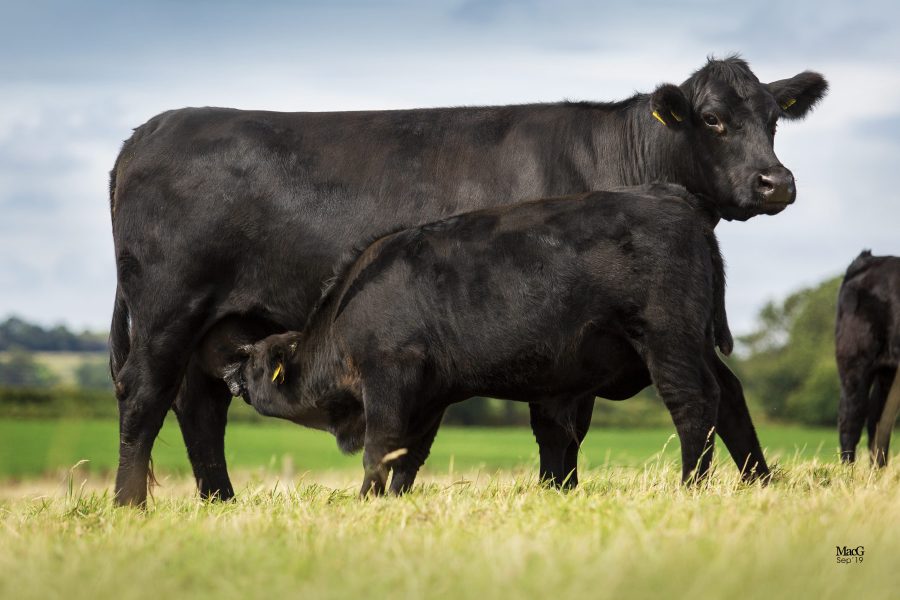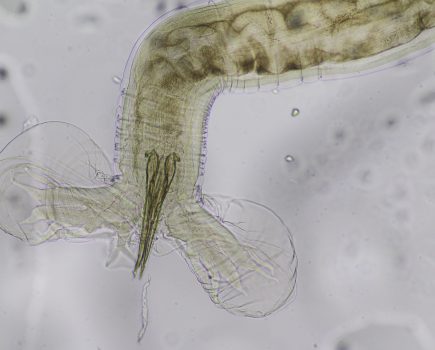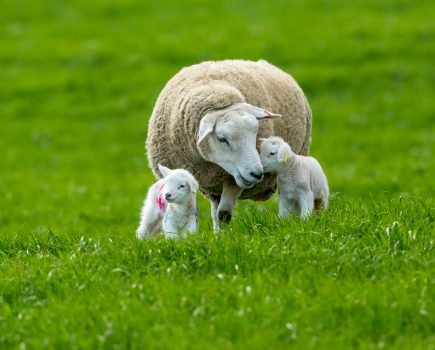Suckler beef farmers aiming for more sustainable systems are being encouraged to review cow genetics to prioritise traits that have the biggest influence on productivity, profitability and environmental footprint.
Robert Gilchrist, CEO of the Aberdeen-Angus Cattle Society says: “With beef farmers under increasing pressure to be more sustainable and profitable, it’s never been more important to review the suitability of genetics within the herd.
“Incorporating native genetics, such as Aberdeen-Angus, has been shown to deliver key traits aligned with sustainable production, offering potentially significant efficiency, economic, and environmental gains.”
The Building Better Beef report compiled by ADAS in 2023, was commissioned by AHDB, AgriSearch, HCC, and QMS to help suckler beef producers unlock greater productivity, profitability and sustainability.
It found that native bred dams can deliver a 21 to 32% increase in gross margins compared to continental breeds[1].
This is primarily driven by the reduction in feed requirements, especially concentrates, due to their ability to maintain condition and thrive off grass.
“Native breeds are very well suited to systems designed to make the most of grass and forage.
“We know these systems can offer higher margin potential as well as support reduced carbon footprints,” says Mr Gilchrist.
Cow mature weight is also an important influencing factor. Mr Gilchrist explains that native bred cows are proportionally much more efficient than their continental counterparts which are typically larger in frame.
“Around half of the total dietary energy expenditure in suckler beef production is used by the suckler cow for maintenance; by selecting for smaller cows, this can be reduced without any detriment to productive output.”
Calving ease is also an important trait to prioritise.
“Calving ease is one of the most important factors when it comes to sustainable production; you need to have a live calf on the ground and the cow must get back in calve within the critical three-month window.
“Assisted calvings reduce the likelihood of meeting these key parameters, with research showing that calving difficulty at first calving will decrease lifetime calf production by 30%.”
The Building Better Beef report indicates that native breeds have on average 8% lower calf birth weights compared to continental breeds, which results in a reduced risk of calving difficulty.
With the new suckler cow support payments in Northern Ireland and Scotland including calving interval as part of the measures, farmers are being increasingly incentivised to prioritise calving ease.
“Renowned for a shorter gestation and easy calving attributes, Aberdeen-Angus dams are well placed to help suckler farmers achieve tighter calving periods and improved lifetime performance,” says Mr Gilchrist.
Research on calving intervals in Scotland ahead of the implementation of the new suckler cow support scheme, shows 5% more Aberdeen-Angus dams achieve a 370-day calving interval compared to continental dams, reinforcing the merits of shifting towards native cows[i].
“Ultimately, you need to pair genetics with your system and goals, but if you’re not already utilising Aberdeen-Angus genetics, now is a good time to consider the value the breed may offer to your business,” he concludes.







